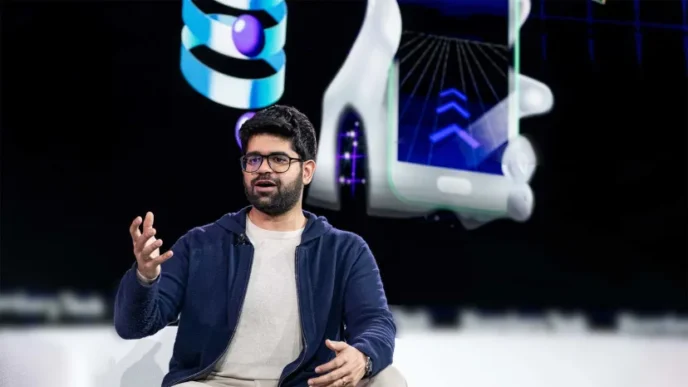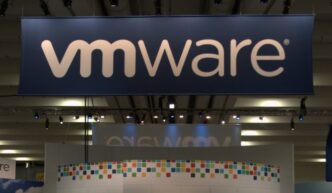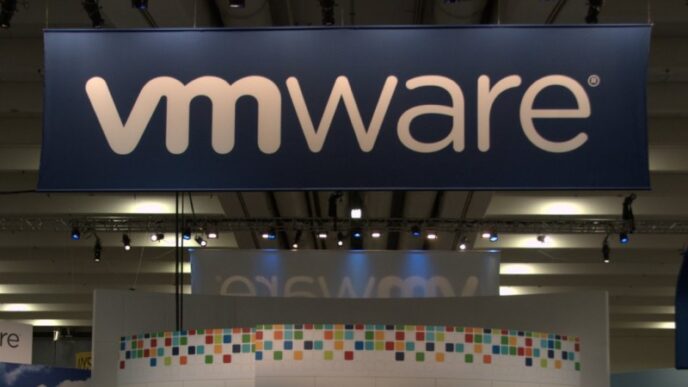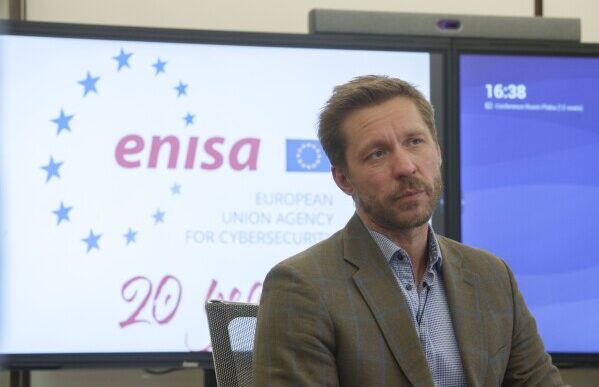The internet already had its fair share of threats. Now, a new wave of tools that let anyone spin up an app or website in minutes, often called vibe coding, is quietly opening more doors for attackers. Guardio, a cybersecurity startup that has lived inside the browser for years, is stepping into that gap.
The Guardio cybersecurity startup has raised $80 million in fresh funding to hunt down malicious code and scam sites born from AI-powered creation tools.
The new round was led by ION Crossover Partners, with existing investors Union Tech Ventures, Vintage Investment Partners, and Emerge also taking part. Guardio did not share its exact valuation, but said it has tripled since its last fundraise: a $47 million round led by Tiger Global in 2021. Even with that jump, the company says it still does not see itself as a unicorn.
What it does have is traction. Founded in 2018 by CTO Michael Vainshtein, CEO Amos Peled, and chief architect Daniel Sirota, Guardio has grown to 500,000 paying users and says it reached $100 million in annual recurring revenue this year.
Vibe coding and no-code platforms make it easy to ship. They also make it easy to ship something unsafe. Guardio argues that the same AI tools helping indie builders and startups spin up products are also helping attackers create polished phishing sites, scam funnels, and the infrastructure behind them.
The company is using that tension as its core opportunity. After years of building browser extensions and apps that scan for phishing and malicious websites, Guardio is now building tools that look deeper into the code and structure of sites created with AI and low-code platforms. Its detection engine searches for artifacts and patterns that often show up in scam and attack infrastructure.
That pitch is already landing real customers. Earlier this month, website builder Lovable announced a partnership with Guardio to scan every site created on its platform. Any site that looks like a scam or contains serious security issues can be flagged or removed before it harms users. The deal followed a report showing that several sites created with Lovable had serious vulnerabilities, putting both creators and visitors at risk.
According to Vainshtein, this is the gap most AI platforms still ignore. Companies are racing to ship new creative tools and capture market share, but many do not yet work with cybersecurity partners to make sure the content and code generated on their platforms are safe. Guardio wants to become the plug-in security layer for this new wave of creation tools.
Guardio’s story started with a simple but urgent problem: people kept landing on bad sites without realizing it. The startup first launched as a browser extension that monitored web activity, blocked malicious pages, and alerted users when their data appeared in leaks.
Over time, the Guardio cybersecurity startup turned that narrow product into a broader consumer security suite. It added phishing protection, mobile apps, identity monitoring, spam filtering, and scam detection. Instead of focusing only on the corporate side of cybersecurity, Guardio went straight after everyday users who still juggle dozens of accounts with minimal protection.
That focus is now evolving again. Guardio is rolling out new visibility features designed to show people where their data lives and how exposed it might be. These tools can surface which documents a user has shared publicly, highlight files that may contain sensitive information, and flag accounts that do not yet have multi-factor authentication turned on.
Behind the scenes, these capabilities are based on ideas from enterprise-grade Data Loss Prevention (DLP) and SaaS Security Posture Management (SSPM). In plain language, Guardio is trying to bring the kind of visibility that large companies enjoy into the hands of regular users.
Vainshtein explains this with a simple idea: every consumer now looks a lot like a small enterprise. People use dozens of services, spread their data across many apps, and face an overwhelming mix of privacy and security settings. Guardio does not want them to become security officers of their own lives, but it does want to give them a clear view of their risk and simple tools to tighten things up.
To push that vision further, the startup is working on direct integrations with services like Outlook and Facebook. The goal is to scan these accounts and surface concrete security issues, such as weak settings or risky exposure of personal information, in one place.
Peled adds that some of the most advanced visibility features will move into Guardio’s free plan next year. This shift should help the startup widen its funnel, reach more users, and position itself as the default security companion for everyday internet use, not just a premium add-on.
For ION Crossover Partners, Guardio sits at a rare intersection: deep cybersecurity expertise combined with true direct-to-consumer muscle. The firm has backed multiple winners across both cyber and consumer markets and has seen several IPOs and exits in those spaces.
ION says it had been tracking Guardio for years and chose to start investment talks even though the company was not actively raising. What stood out was a team that could build best-in-class cyber products while also understanding how to acquire, retain, and upsell consumers at scale. Guardio is the first company in which ION has invested that sits squarely at that intersection.
The fresh $80 million gives Guardio more firepower to expand its AI-driven detection capabilities, deepen integrations with popular platforms, and keep pushing its vision that the average internet user deserves enterprise-level protection.
In a world where AI tools can generate not only code and content but also convincing scams and slick phishing sites, that mission feels less like a nice-to-have and more like a baseline requirement for a safer web.













